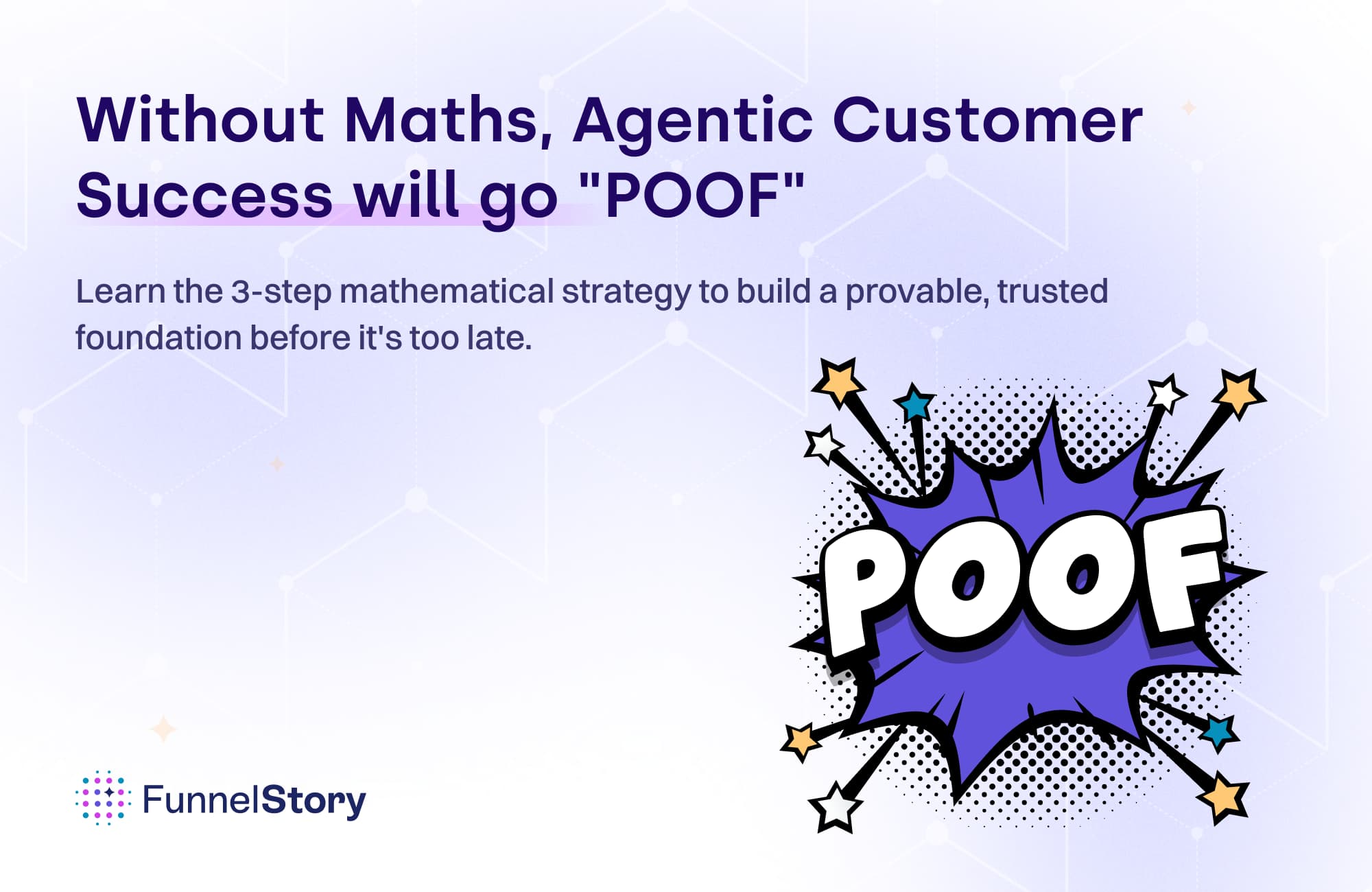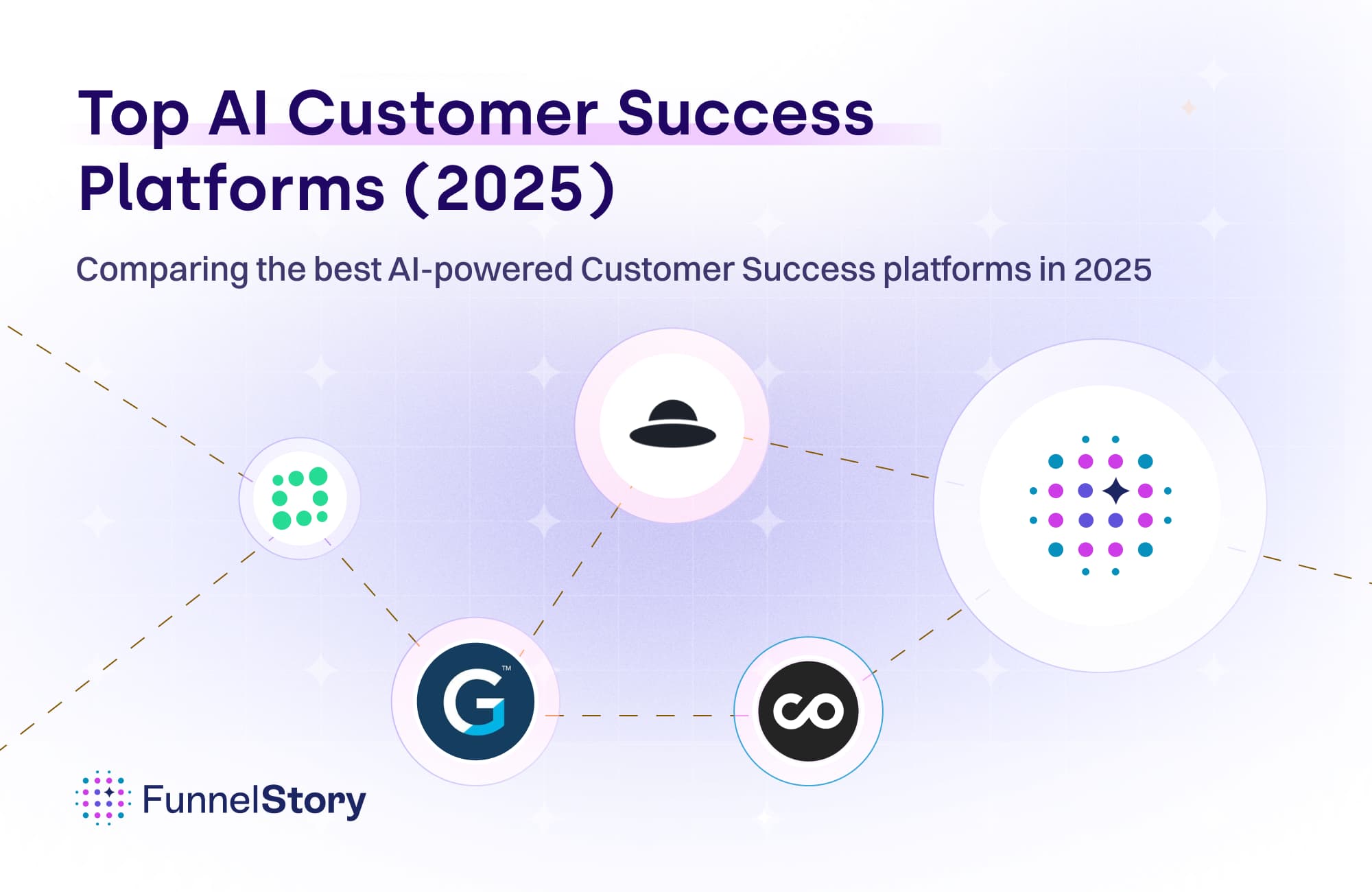In this article
10 Metrics For Your Product-led Sales Strategy
Track these critical metrics for optimizing your product-led sales strategy, driving data-backed growth, and achieving sustainable success for your business.

By Alok Shukla
Cofounder and CEO
Sep 15, 2023
7 min read
Product growth is a universal goal, especially if you're a company with a Product-led sales (PLS) motion. But growth can swing in any direction if you’re not meticulously and collaboratively tracking critical product data from different sources - you know the metrics game!
Regardless if you’re just getting started or looking to optimize your PLS strategy, you need to know what to measure so you and your team aren’t navigating in the dark.
What are Product-led Sales metrics?
We can’t answer the question without quickly explaining Product-led sales. PLS is a sales methodology that uses the product to qualify leads and accounts. With this approach to driving growth, your customers will generate tons of new valuable data points while using your product, which can all be turned into buying signals. The trick is knowing what to measure, which brings us back to the topic at hand - PLS metrics. Because if you know what to measure and have the tools to measure them all…you’ll be in good shape.
1. Product Qualified Leads
A trial user who fits your ideal customer profile (ICP), signs up, and exhibits behaviors in your product - those that indicate buying intent - is called a product-qualified lead (PQL). When you have a PQLs it means that it’s time for the go-to-market (GTM) team to take action.
But don't confuse PQLs as a singular, end-all-be-all score. This is usually not enough to capture the nuances of your GTM process. Instead, you should develop multiple PQL definitions over time and think of them as stages in the customer lifecycle. PQLs can be segmented based on factors such as:
Target market: company size, industry, etc.
PLS goals and playbooks: expansion, free trial conversion, etc.
Level of sales-readiness: sales, sales-assist, marketing nurture, etc.
By segmenting PQLs in this way, you can create a more personalized and effective GTM strategy. You can also track the progress of your leads more accurately and identify opportunities for improvement.
One final tip. We have noticed that a PQL rate can sometimes be a more accurate metric to track than just raw PQL numbers. Why? Because you would want to know what % of user signups became PQL and why the rest of them didn’t.
Calc: PQL rate = PQLs/Total Signups
2. Customer Acquisition Cost
The money you spend on getting a new customer is the customer acquisition cost (CAC). The sales, marketing, and other expenses all come under CAC.
PLS companies typically have low CAC metrics because they do not need to heavily invest in expensive sales teams (like those pursuing a pure SLG motion). That said more and more PLS companies are using sales teams in a hybrid model.
Calc: CAC = Sales + Marketing cost / Value of customers acquired
3. Activation Rate
The customer got to your website and successfully signed up - congrats! While the user or account has reached the station, their journey to find value is just getting started.
Sometimes users will quickly find their way to value, and other times you need to give them a little nudge at the right time and channel to help them find what they’re looking for.
As users progress through your funnel, you should start to measure conversion milestones, aka, their Activation Rate. You can define this specific milestone based on what’s relevant to your product.
Calc: Activation Rate = No. of users that complete the milestone / Total signups x 100
4. Feature Adoption Rate
It is easy to fall into the trap of adding more and more features, thinking new features will add more value, right? Actually, no. This is what’s commonly called Feature Creep 🧟i.e. excessive addition of features to the point of increasing product complexity.
While you think you’re adding value, you could actually be causing more confusion (or distractions) with your customers. This is why it is important to understand which features drive the most value (those that lead to PQLs and Retention), and then focus on driving the adoption of this core set of values.
5. Expansion Revenue
Getting customers to sign up, find value, and start paying is just half the battle. You also need to consider how to retain and grow your existing book of business. This revenue stream comes from up-selling and cross-selling - your expansion revenue.
Why are up-selling & cross-selling so important? Well, simply put, getting a new customer can be 5 times more expensive than retaining them. If you already have a customer base, why not make the most of it?
Calc: Expansion MRR = Total revenue from upsells, cross-sells, and add-ons
*MRR = Monthly Recurring Revenue
6. Customer Lifetime Value
We hope your customers stay with you forever but you know that some relationships last longer than others, and some even do last an entire lifetime. The total revenue that your business can get from a single customer during your relationship with them is the Customer Lifetime Value (CLV).
Accounts that have high CLV will provide you with a customer segment to target for more revenue. It is also important to note that this metric can be predictive (using Machine learning) or historical (using past data).
Calc: CLV = Customer revenue per year x Duration of relationship - CAC
7. Net Revenue Retention
This metric points to the health & stability of your revenue from your existing customers. It tells you if the revenue from your existing customer base has grown ❤️ or declined 📉 in a defined period. This takes into account your expansion revenue i.e. up-sell + cross-sell revenue, churn rate, and plan downgrades.
Calc: Net Revenue Retention = MRR + expansion revenue - churn - downgrades / MRR
8) Average Revenue Per User
The average amount of money that you can make from a single customer is dubbed as Average Revenue per user (ARPU). It is important because this gives you a good benchmark to build upon and create strategies to increase your average per-user revenue over time.
Calc: Average Revenue Per User = Total revenue in a month or year / Total active users in a month or year
9) Trial Conversion Rate
This metric tracks the % of trial users that actually converted into paying customers. It highlights the impact of your existing PLS strategy and how you can improve it. If accounts are not converting, you might want to consider improving your product flows, onboarding education, lifecycle nudges, and possibly when your sales team gets involved in deals.
Converting trial customers to paid customers is the key for your business to take off 🚀. Using a tool like funnelstory.ai can give you the visibility & direction to tweak/optimize trials for a better success rate.
Calc: Trial Conversion Rate = Total free to paid users / Total trial users
10) User Feedback Metrics
The customer knows best, so it's best to collect feedback from them directly. The best metrics to track with your PLS strategy (and any strategy for that matter) are the following:
CSAT (Customer Satisfaction Score) measures how satisfied customers are with a specific interaction or their overall experience with a product or service.
NPS (Net Promoter Score) measures how likely customers are to recommend a company to others.
CES (Customer Effort Score) measures how easy it is for customers to complete a task, such as signing up for a service, making a purchase, or resolving a problem.
Measure what matters & keep tech at the center
All right, you're now aware of the key metrics to monitor – those that provide insights into your business and support your data-driven decision-making. But, you might now be asking "How should I go about it?"
Map out your customer’s journey: Begin by outlining your customer's journey, bearing in mind that each industry, persona, or product may have a distinct path.
Start measuring from Day 1: Waste no time; start measuring immediately. Without assessing the effectiveness of your trial efforts, you won't identify areas for improvement or have essential baseline metrics.
Have the right tech stack: Opt for the right tech stack: Choose the appropriate tools that grant you timely access to data and insights, presented in a logical manner. Seek tools that offer answers, not just reports and charts.



